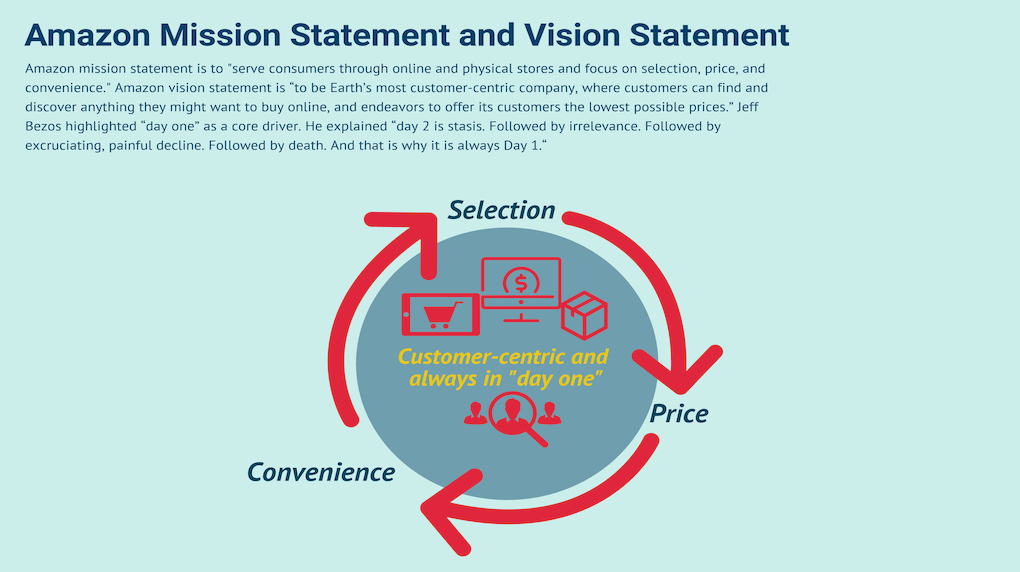When everything around you is changing, what do you do?
As things shift around us, you (and your audience) may be looking for stability, for something constant in the deep sea of marketing.
The good news is there is one thing that will always be true, useful, and relevant — no matter how much times change. Being user-centric will always keep you on track and in the game.
User-centric: Your consumer will always be the focus point
Your consumers’ needs, touchpoints, and behavior will change — this year alone has proven how quickly and often that can happen. But, as long as you focus on placing them at the center of all your decisions, you’ll remain on the right track.

You might be a little tired of COVID-related content, but it serves as a good example here. The world quickly changed and businesses found it difficult to adjust. Being thrown into uncertainty, a lot of quick decisions needed to be made. We know it was challenging to know what to do. But turning attention to customer behavior often reveals the answer. Retail stores closed and consumers turned to online purchases so businesses quickly adjusted by focusing on eCommerce. Live events became online events as people still wanted to enjoy the show — safely. People wanted to enjoy food from their favorite restaurants with minimum exposure risk to COVID-19, so contactless food delivery was developed.
Next time the world turns upside down, focus on consumer needs and behavior and it will point you in the right direction.
Your purpose is to create the ultimate customer experience — online and offline.
Amazon’s CEO, Jeff Bezos, once said “in our retail business, we know that customers want low prices, and I know that’s going to be true 10 years from now. They want fast delivery; they want vast selection.”
The key here is that he focused on what customers were wanting. This goes hand-in-hand with the company’s mission statement “to be Earth’s most customer-centric company.” As we all know, Amazon went from being an online marketplace for books to the biggest online retailer to date.

Too often the decision-makers in the company assume they know what the customer wants. But without any real evidence, it’s likely they’ll be off track and projects will fail. Let’s be fair, it isn’t often that those in senior management roles fit into their company’s target personas. That’s why you should start every project with — and have every decision for that project backed up by — evidence in data.
To ensure you remain customer-centric, make sure that you not only listen to your customers. It is important to understand the “why” behind their answers but also make them part of the solution.
User-centric web building
In web building, it’s important to begin every project with a deep dive into a company’s target market in order to see the user’s point of view, to truly immerse into their needs and behaviors so that the new platform satisfies their needs and desires. Developing personas, user journeys, and performing user testings are all necessary to create a user experience that will keep them coming back for more.

We will dive further into this below, but it’s important to note that without the necessary assets — personas, user journeys, user testing — your website will be in danger of being built only for yourself, not for your consumer. It’s natural for people to project their own wants and needs onto their site however if the goal of your site is to create conversions or service your customer in some way, you need to find out what they really want and why.
User-centric marketing
For marketing, this involves doing market research, following consumer trends, A/B testing, and looking into the analytics to discover what works and what doesn’t. Ensuring that you stay aligned not only with your customer’s wants and needs but also with your brand identity. Don’t let your content stray from your brand’s identity because you think it’s what people want to see. You always want to make sure the content you are producing is authentic to your brand and your values. In point, do market to your customers’ wants and needs but not at the expense of your brand.
Leading indicators to keep you at the forefront
Doubling down into data, we live in a world where we can now track online and offline touchpoints and interactions. We are now able to accumulate and analyze a vast amount of data to improve the user experience. For example, we can send followup surveys, abandoned cart emails, or provide a discount code when a customer enters a brick-and-mortar store. These are great, however, they are all ways to optimize current and past behaviour.
To help keep your business at the forefront of changes in consumer behavior, it’s important to identify leading indicators. You can do this through learning from industry experts. Many are producing webinars or other content that involves predictive analysis of your industry or even marketing as a whole. Reading industry-level consumer insight reports and applying that knowledge to your strategy can also provide insight. And of course, A/B testing will always give you concrete data on what works and what doesn’t.

Counter subjective feedback with data
Data can also help when discussing or receiving subjective feedback. Whether it’s your boss, a client, your audience, or even from yourself, subjective feedback has the potential to derail your project. Have you ever had someone tell you they didn’t like something without having a definitive or specific reason? Basing your marketing strategy or web design on concrete data from the user’s experience will force biased or personal opinions out of the conversation. Consumer data will lead you to a rational – and right – decision.
Use a user-centric strategy as your life raft when things get stormy
No matter how much things change, one thing will always be certain: Your customers want what they want. So, if you always frame your website, marketing tactics, and products and services around the wants and needs of your customers, you’ll be successful.